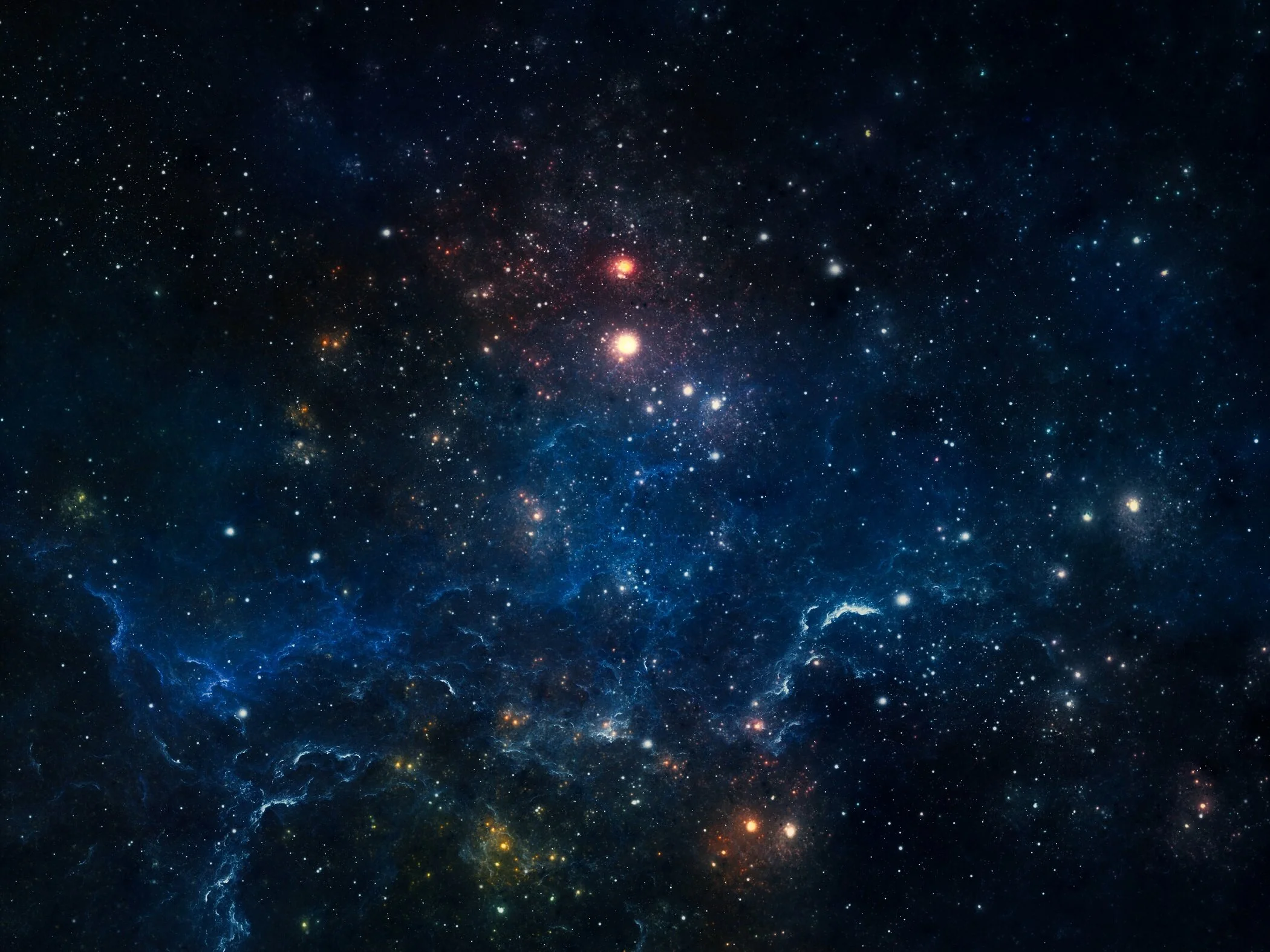With a growing number of Earth-like exoplanets discovered in recent years, it is becoming increasingly frustrating that we can’t visit them. After all, our knowledge of the planets in our own solar system would be pretty limited if it weren’t for the space probes we’d sent to explore them.
Five amazing things that happen to your body in space
Damaging electric currents in space affect Earth’s equatorial region, not just the poles
The Earth’s magnetic field – known as the “magnetosphere” – protects our atmosphere from the “solar wind.” That’s the constant stream of charged particles flowing outward from the sun. When the magnetosphere shields Earth from these solar particles, they get funneled toward the polar regions of our atmosphere.
Explainer: the mysterious dark energy that speeds the universe’s rate of expansion
Explainer: what is a neutron star?
Neutron stars, with a solid crust (and even oceans and an atmosphere!) are the densest solid object we can observe, reaching a few times the density of an atomic nucleus at their core. A sample of neutron star material the size of a grain of sand would weigh roughly the same as the largest ship ever to sail the seas – more than 500,000 tonnes.
How to clean up space debris – using game theory
A piece of debris just 10cm in diameter could cause an entire spacecraft to disintegrate and it is estimated that there are more than 29,000 objects larger than 10cm in Earth’s orbit. This poses a major risk to the spacecraft to-ing and fro-ing from the International Space Station, not to mention the hundreds of satellites that are now essential to daily lives.
Did ‘dark matter’ or a star called Nemesis kill the dinosaurs?
The dinosaur extinction 66m years ago was most likely caused by a comet or big asteroid hitting the Earth. But given that asteroids don’t actually hit our planet very often, could this really be the whole story? Many scientists are now asking whether some sort of cosmological event could have boosted the number of comets at the time, making such a collision more likely.
Water, water, everywhere – where to drink in the solar system
Science fiction movies about aliens threatening the Earth routinely ascribe them the motive of coming here to steal our resources, most often our water. This is ill thought-out, as water is actually extremely common. Any civilisation coming to our solar system in need of water (either to drink or to make rocket fuel) would be foolish to plunge all the way inwards to the Earth, from where they’d have to haul their booty back against the pull of the sun’s gravity.
Explainer: why is the night sky black?
The art and beauty of general relativity
Slightly more than one hundred years ago this month, an obscure German physicist named Albert Einstein presented to the Prussian Academy of Science his General Theory of Relativity. Nothing prior had prepared scientists for such a radical re-envisioning of the foundations of reality. Encoded in a set of neat compact equations was the idea that our universe is constructed from a sort of magical mesh, now known as “spacetime”. According to the theory, the structure of this mesh would be revealed in the bending of light around distant stars.
Explainer: what is interplanetary dust and can it spread the ingredients of life?
NASA recently reported that a cloud of dust was surrounding Mars high above its atmosphere. The authors of the study ruled out Mars itself and its moons Phobos and Deimos as the sources of the dust and concluded that it must come from a larger dust cloud floating around between the planets in our solar system.
What’s it like to see auroras on other planets?
Bacteria in space: why the International Space Station is riddled with ‘germs’
Most Earth-Like Worlds Have Yet to Be Born
Earth came early to the party in the evolving universe. According to a new theoretical study, when our solar system was born 4.6 billion years ago only eight percent of the potentially habitable planets that will ever form in the universe existed. And, the party won't be over when the sun burns out in another 6 billion years. The bulk of those planets - 92 percent - have yet to be born.









